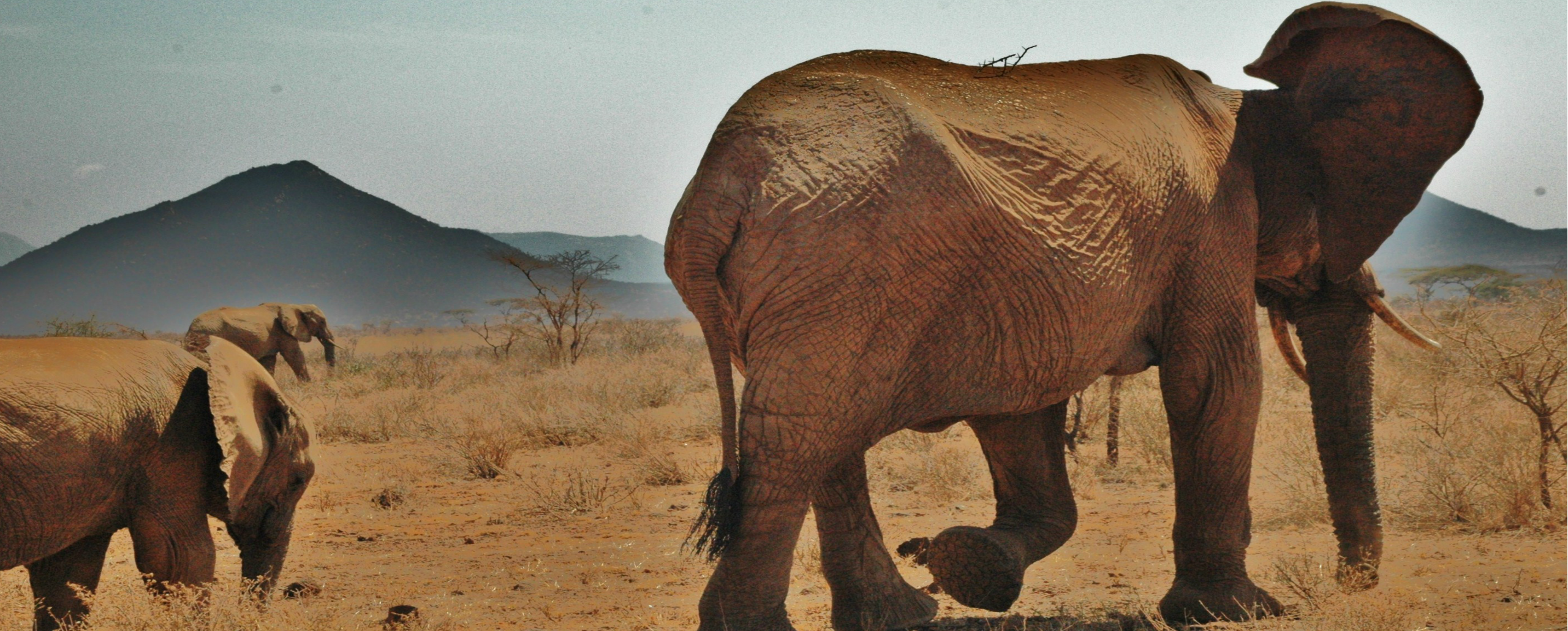
The illegal trade in wildlife is driving species to the brink of extinction while posing environmental, economic, development and security risks. But we can reverse this trend. Countries around the world, the United Nations, many other international and national organizations, businesses, governments and key opinion leaders are all working together to raise awareness, enact and enforce stronger laws, and step up support to local communities’ efforts to stop the illegal trade in wildlife. Connect4Climate is joining the UNEP's campaign to raise awareness and tackle the illegal trade in wildlife, so let's go #WildforLife.



